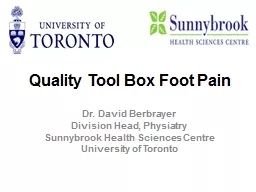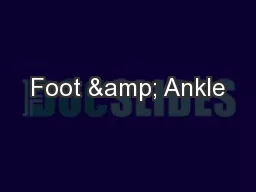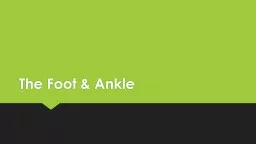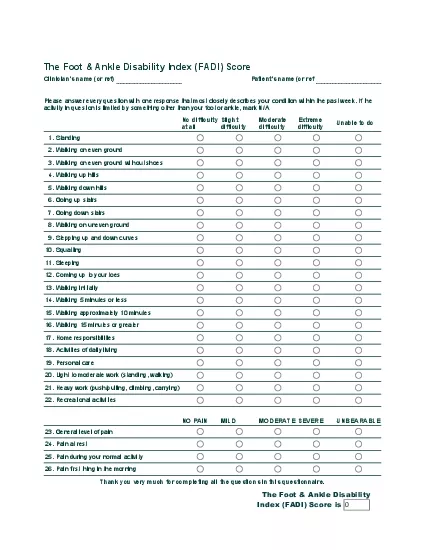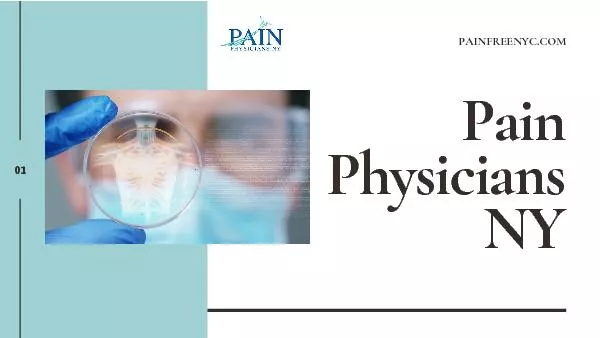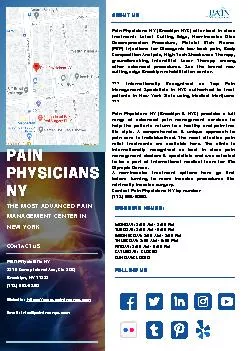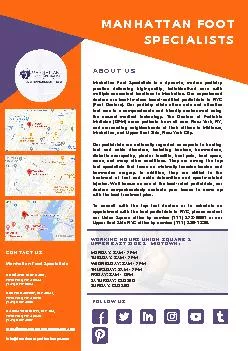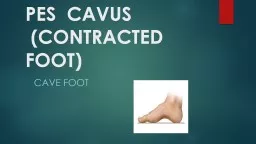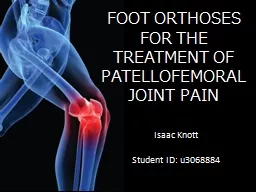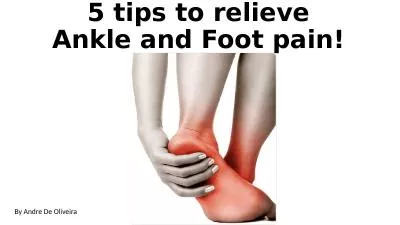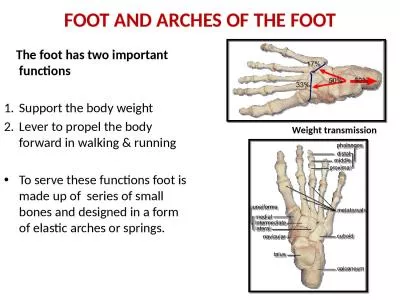PPT-Quality Tool Box Foot Pain
Author : tatyana-admore | Published Date : 2016-06-13
Dr David Berbrayer Division Head Physiatry Sunnybrook Health Sciences Centre University of Toronto Disclosures Dr David Berbrayer has no financial or other disclosures
Presentation Embed Code
Download Presentation
Download Presentation The PPT/PDF document "Quality Tool Box Foot Pain" is the property of its rightful owner. Permission is granted to download and print the materials on this website for personal, non-commercial use only, and to display it on your personal computer provided you do not modify the materials and that you retain all copyright notices contained in the materials. By downloading content from our website, you accept the terms of this agreement.
Quality Tool Box Foot Pain: Transcript
Download Rules Of Document
"Quality Tool Box Foot Pain"The content belongs to its owner. You may download and print it for personal use, without modification, and keep all copyright notices. By downloading, you agree to these terms.
Related Documents

